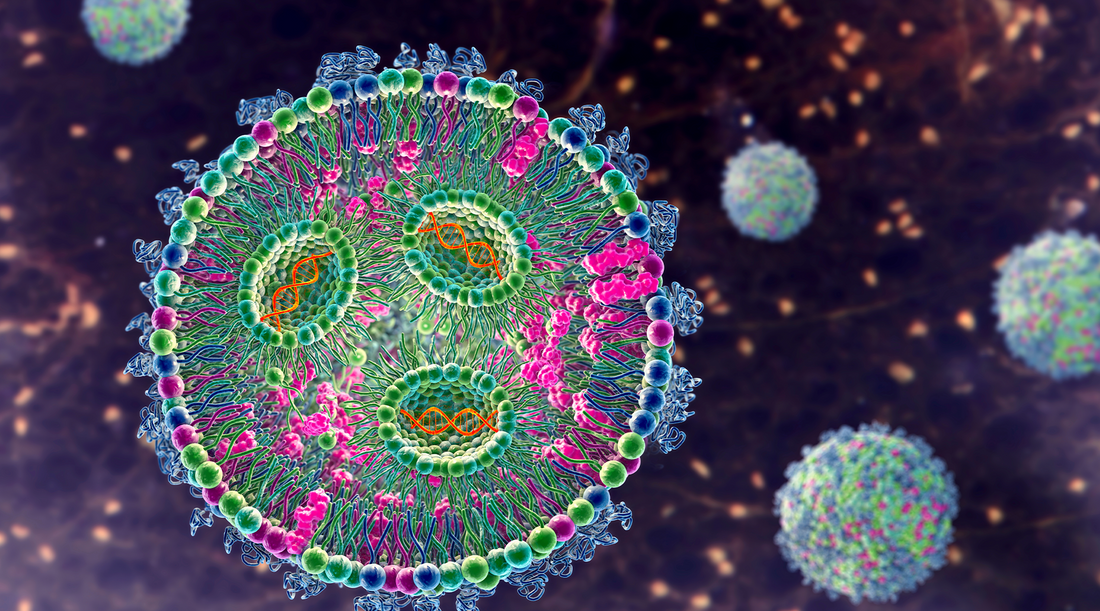As the last week in September marked the beginning of 2018-2019’s flu season, the National Foundation For Infectious Diseases (NFID) started speaking up. With a national public health goal of an 80% vaccination rate among children, last year fell startlingly short at only 57.9%. Additionally, that was lower than it had been the year before. Most of the 180 children who died of a flu-related illness in 2017 were unvaccinated.
“As a father of 3 young children, this hits me hard,” said US Surgeon General Jerome M. Adams, MD, MPH. “One flu death is too many.” Pediatrician Wendy Sue Swanson, MD, MBE, and chief of digital innovation and digital health at Seattle Children’s Hospital added, “One hundred-eighty families put a child in a grave last year because of a preventable virus.”
The NFID stresses that the best way to control the spread of the agonizing illness — as well as protecting yourself from contracting it — is to seek out vaccinations as early as possible, and definitely before Halloween. Access is increasingly widespread: pharmacies, hospitals, and clinics (even some workplaces) are providing vaccinations. The influenza vaccine is even available as a nasal spray for those who can’t tolerate needles.
“Influenza and pneumococcal vaccinations are an important part of managing chronic diseases,” said William Schaffner, MD, an NFID board member and medical director at Vanderbilt University School of Medicine. “By getting vaccinated against flu and pneumococcal disease, we can all do our part to stay healthy and interrupt the spread of these serious diseases.”
The success of these vaccines (providing people are actively seeking them out) depends on their storage. Vaccines contain live viruses that need to be held at specific temperature ranges — either refrigerated or frozen — or they risk breaking down and losing their efficacy. All laboratories are pharmacies are equipped with medical grade refrigerators and medical grade freezers to ensure this does not happen.
However, machines can’t operate themselves. Common procedure surrounding vaccine storage involves three steps: storing them at their ideal temperature, recording the daily temperature at the start of each workday, and then checking the thermometer every time the laboratory refrigerator or laboratory freezer is accessed, taking action if the temperature falls outside of the required range. If you are a lab and already possess a pharmaceutical grade refrigerator, it may be best to purchase another pharmaceutical grade refrigerator in preparation for the new flu season.
